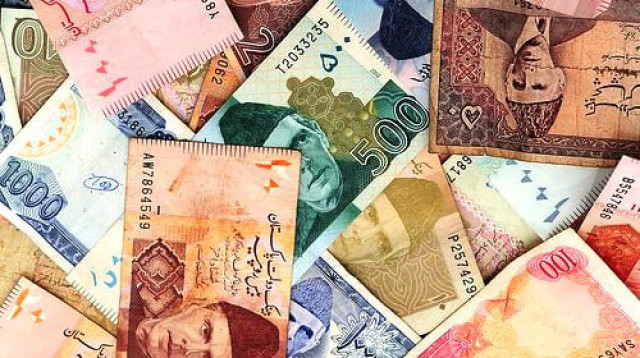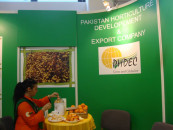Rupee hits over three-month high
Stands at Rs164.50 to dollar in inter-bank market

The Pakistani currency hit three-and-a-half-month high at Rs164.50 to the US dollar in the inter-bank market on Friday after oil prices dropped significantly in the world market as Islamabad was a net energy importer.
The rupee recovered a total of Rs1.20 in the past two days, including Rs0.50 on Friday, according to the State Bank of Pakistan (SBP).
“The second wave of Covid-19 in the West has pulled oil prices down in the global market. The drop in crude price is a positive development for Pakistan’s economy,” BMA Capital Executive Director Saad Hashmi said while talking to The Express Tribune.
Benchmark crude oil Brent was down 3.30% to $39.58 per barrel in the world market at the time of filing this report. Oil slipped below the threshold of $40 after US President Donald Trump announced that he and his spouse had tested positive for Covid-19. The drop in international oil prices is also a positive for the rupee as Pakistan meets around 70% of its energy needs through imports. The share of energy (in dollar value terms) stands at around one-fourth in the annual import bill of Pakistan.
Pakistan Kuwait Investment Company (PKIC) Head of Research and Development Samiullah Tariq said, “The rupee has appreciated due to a host of reasons, including low oil imports and overseas Pakistanis opening accounts in local banks under the Roshan Digital Account initiative.”
He said oil imports had remained low due to sluggish demand in the slowly recovering domestic economy in the post-Covid-19 period. “This has kept demand for dollars low in the economy.”
Secondly, on an average, 1,000 overseas Pakistanis are opening accounts in local banks under the Roshan Digital Account initiative, he quoted SBP Governor Reza Baqir saying at an event. The development is expected to boost dollar inflows into the domestic economy.
Overseas Pakistanis may invest in the capital market, and housing and construction sector through their accounts in local banks. It would increase dollar inflows into the economy, he said.
Both experts said the rupee had apparently recovered after inflows remained higher than outflows. The rupee appreciates when demand for foreign currencies drops in the inter-bank market under the new market-based rupee-dollar exchange mechanism and vice versa.
Hashmi said textile exporters were reporting that their factories were operating at full capacity. They must be selling dollars or were about to sell in the inter-bank market, he said.
Secondly, workers’ remittances and exports of other goods and services were expected to remain healthy, he said.
Hashmi said Pakistan’s current account balance had remained in surplus in the first two months (Jul-Aug) of the current fiscal year 2020-21. This has been achieved mainly due to low import payments and receipt of high workers’ remittances in the two months.
The two experts noted that Pakistan’s foreign currency reserves dropped by $342 million to $12.36 billion mainly due to foreign debt repayments in the week ended September 25. “The government, however, does not make foreign debt repayments through dollar buying in the inter-bank market, but through multilateral inflows,” Tariq said.
Published in The Express Tribune, October 3rd, 2020.
Like Business on Facebook, follow @TribuneBiz on Twitter to stay informed and join in the conversation.



















COMMENTS
Comments are moderated and generally will be posted if they are on-topic and not abusive.
For more information, please see our Comments FAQ